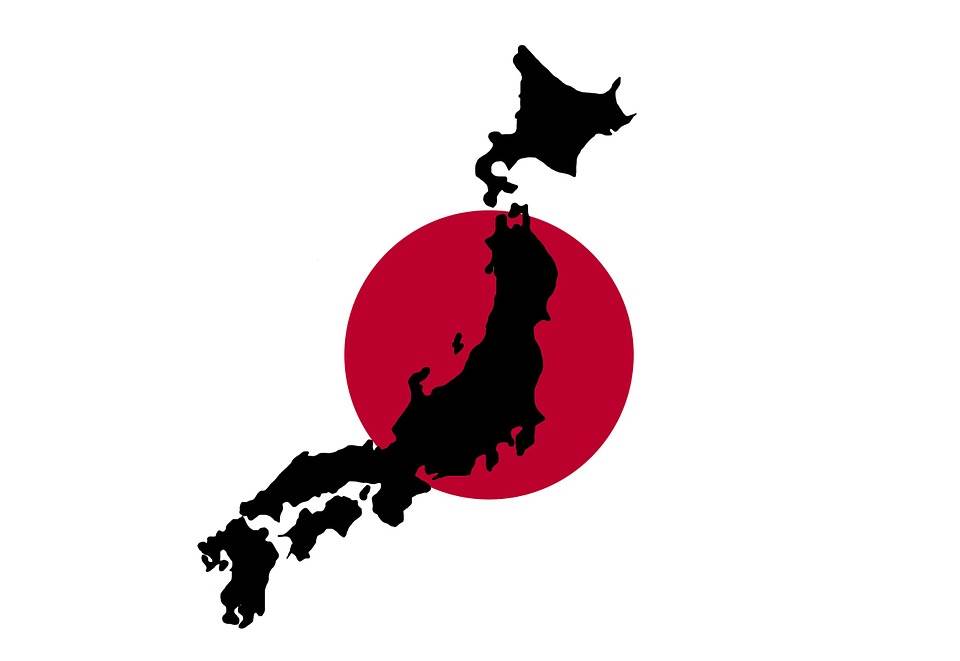 The Japanese Lower House just passed a trade deal with the United States that opens the doors for tariff cuts on several types of goods except on Japanese automobiles and automobile parts.
The Japanese Lower House just passed a trade deal with the United States that opens the doors for tariff cuts on several types of goods except on Japanese automobiles and automobile parts.
This inability to reach a favorable deal for the Japanese Automobile industry completely casts doubts about Japan's Prime Minister Shinzo Abe claims about the deal.
"So the outcome of this negotiation is actually a win-win solution for Japan and the United States," said Abe during a joint press conference in September, after agreeing on a deal that would open the Japanese market to billions worth of American agricultural products and Japanese machine tools.
Now the deal will need to face the scrutiny of the upper house, nevertheless, the chances of entering into force in January next year are very high.
The Japanese Government foresaw that with this new deal the US would cut around 212.8 billion yen worth in tariffs on Japanese exports, boosting the economy by 0.8 percent in the next 10-20 years. However, those figures were based on the assumption that the US would remove tariffs on Japanese automobiles and automobile parts, nevertheless, the US has been deliberately unclear about this specific issue saying that such a topic is subject to further negotiations.
"The deal was left vague on the issue of tariff cuts on Japanese auto and auto parts. Otherwise, we couldn’t have reached the agreement,” said one source.
Now Japan has the chance to push on further talks with the US, however, it's highly unlikely it will reach more favorable terms as the US priority right now is its trade feud with China and given that presidential elections are coming.
“It’s unclear whether Washington seriously wants to continue trade talks,” told one source to Reuters, “The question is how much time the United States can allocate for talks with Japan, even if we start negotiations. There’s limited time to conclude talks before the presidential elections,” it added.
Some even cast doubts about the idea that Trump will stop threatening Japan with imposing tariffs over its products, with the aim of appealing to his voters.
“There’s a chance Trump will put pressure on Japan on trade to appeal to his voters,” said Mizuho Research Institute's Junichi Sugawara, “There’s a possibility he could renew his threat over auto tariffs,” he added.
The Japanese economy is currently amid a slowdown. It grew 0.2 percent in the third quarter, defying the economists' more optimistic expectations and a sharp drop from the second quarter's 1.8 percent growth. Behind this deceleration is the fall in exports, they fell 5 percent in September, and slowing consumption.
By 10:53 GMT the USD/JPY pair gained 0.14 percent, hitting the 108.81 level. The GBP/JPY followed the trend, rising 0.01 percent, at 140.76, while the EUR/JPY climbed 0.14 percent, at 120.46.
